How To Buy A Good Motor For Your Engine Swap Project (And Not Get Burned Like I Did)
In 2019 I purchased a 1987 Jeep Grand Wagoneer, and by the end of my first summer with the truck I decided I liked it so much that I was going to modernize its drivetrain by way of an engine swap. After diving deep into the experiences of other full-size Jeep owners with similar projects, it became clear than an LS V8 offered the best balance between performance, reliability and cost.
With that information firmly in hand, I began my search for a drivetrain. It's here that things went almost completely off the rails. After paying $2500 for what I was told was a perfectly good low-mileage engine and transmission combo from a rolled-over 2008 Chevrolet Tahoe, engine disassembly revealed not just a bent rod, but also piston/cylinder wall clearances that were nowhere near factory spec, indicating serious wear over time.
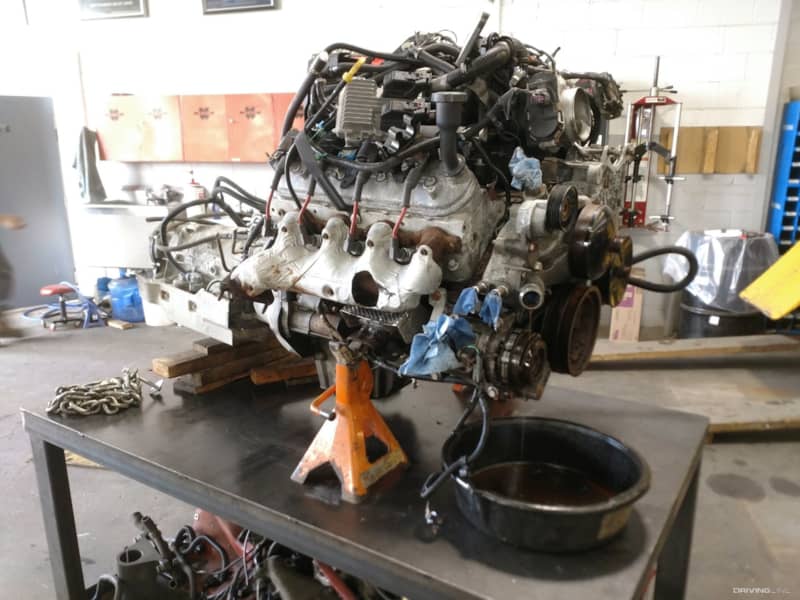
In short, I had bought a bum motor, and had to spend the next couple of months paying to have it repaired and chasing down the person who sold it to me for at least a partial refund. Along the way, I learned a lot about what to look out for when buying a used engine for a swap—and I also discovered that some of what I thought I already knew turned out to do the opposite of offering me the protection I thought it would.
How can you avoid the same problems I ran into during my project? Keep reading for some of my hard-won wisdom regarding how to procure the best possible motor for your swap.
Listen To It Run
When I first started my LS search, I limited myself to looking at complete, running trucks. The logic was that I'd have a source for the harness, sensors and other assorted small parts that can easily nickel and dime you to death on a swap, plus, I'd be able to hear how healthy the motor sounded before I handed over any cash.
This strategy saved me from a few claptrap trucks that had seen better days once I headed out to see them in person, but it wasn't foolproof, because I also heard the Tahoe engine I ended up buying 'run' prior to purchase. Let me be clear, the seller sent me a phone video of the 5.3L unit still mounted in the wrecked truck, with power sent directly to the starter, turning over the motor.
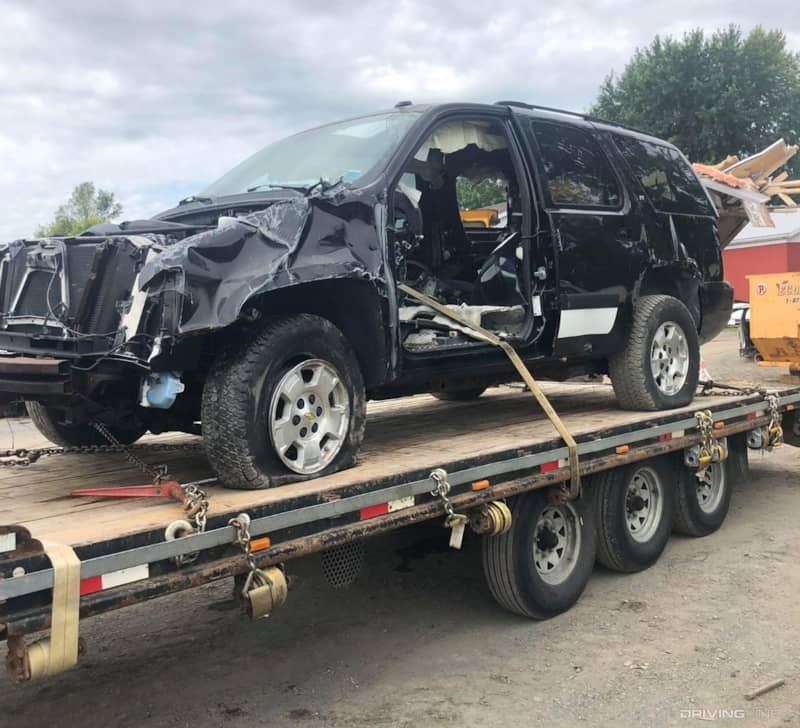
This really proved nothing. The starter was strong enough to rotate the crank and pistons even though it was scraping up against the piston walls (where we quickly saw the friction marks upon opening it up). I should have asked to hear the motor actually run under its own power instead of just spin. An engine you can hear running is instantly more trustworthy than a pull-out you don't intend to rebuild.
Trust, But Verify
That last sentence is an important one. The amount of trust required to purchase a used motor is directly proportional to the amount of money and labor you plan to invest in it. If you intend on a full or partial rebuild, either to be able to run boost, increase displacement, or simply for peace of mind, then you're probably a) shopping at the lower end of the price spectrum and b) unperturbed by any unseen issues with the motor given that you're going to strip it down anyway.
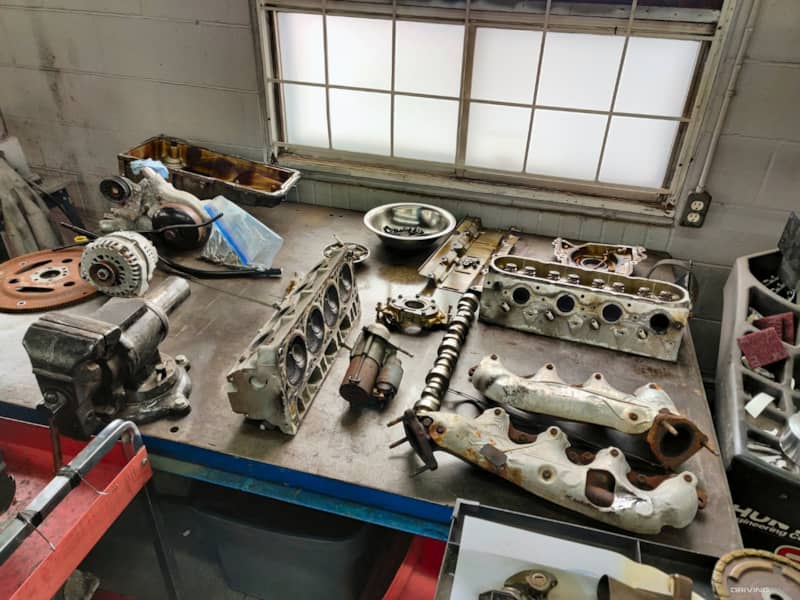
If, on the other hand, you're looking for a fully-functional direct drop-in, and you can't hear it run beforehand because it’s either sitting in a junked vehicle or on the shelf at a shop or warehouse, you'll want to protect yourself. The best option is always to purchase from a business that offers you a warranty of at least 30 days, which should be enough time to fire up the engine and see if it's as described. After my debacle, I found out from a friend that he was sitting on a pile of certified LS engine take-outs due to his diesel-swap business. I had no idea, because I didn't think to ask my immediate circle for help prior to my search.
If you're set on getting a deal from a private party, you do have a few ways to check out a non-running engine before buying. A visual inspection won't tell you much, but it will show you if any accessories or key components are missing (alternator, starter, AC compressor, sensors, coil packs, ECU, etc), if any rubber tubing or hoses are cracked and worn, if there are oil leaks visible on the block or heads, and if any wiring is cut or missing.
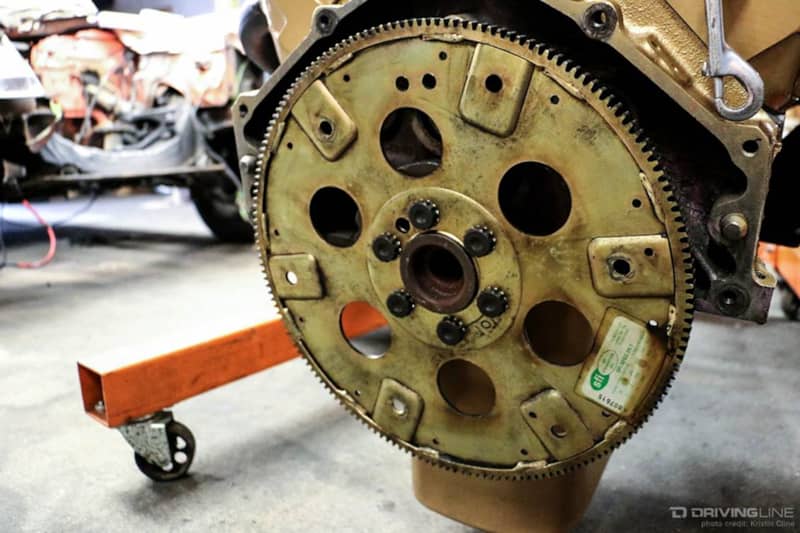
Next, check the engine oil to see if it's milky (indicating a bad head gasket) or if there is any water mixed in. If the starter is present, crank the engine over and perform a compression test to make sure it's within factory specs. A leak down test is also helpful for determining the condition of the motor without opening it up. Finally, examine the timing chain (if equipped) for signs of wear could indicate whether or not it’s done more miles than advertised.
Finally, double-check to make sure you're getting everything you need from A to Z when negotiating with a seller. A complete motor will save you significant money down the road because you won't be wasting your time hunting down bits and pieces that are stalling your project. Some of these parts might not even be located in the engine bay itself. My LMG LS, for example, features a drive-by-wire throttle that requires a specific pedal to function. I initially intended to convert to drive-by-cable, but later on realized that the wire setup was better for my needs. By that time, the Tahoe's carcass had been sent to the wrecker, and I had to buy a new pedal that I could have had for free.
Match Your Engine To Your Project Goals
There are many different LS engines out there, and that meant I had to spend a lot of time sorting through the various pros and cons of different generations of motor, plus the various vehicles they were originally outfitted to. Unfortunately, I didn't put in enough hours to thoroughly understand what separates one version of the motor from another, and ended up incurring extra costs as a result.
I'm not talking about all of the machining and parts costs associated with repairing the damaged motor I ended up buying. Instead, the issue had to do with a specific feature of the 2008 Chevrolet Tahoe that I didn't even think about when making my purchase.
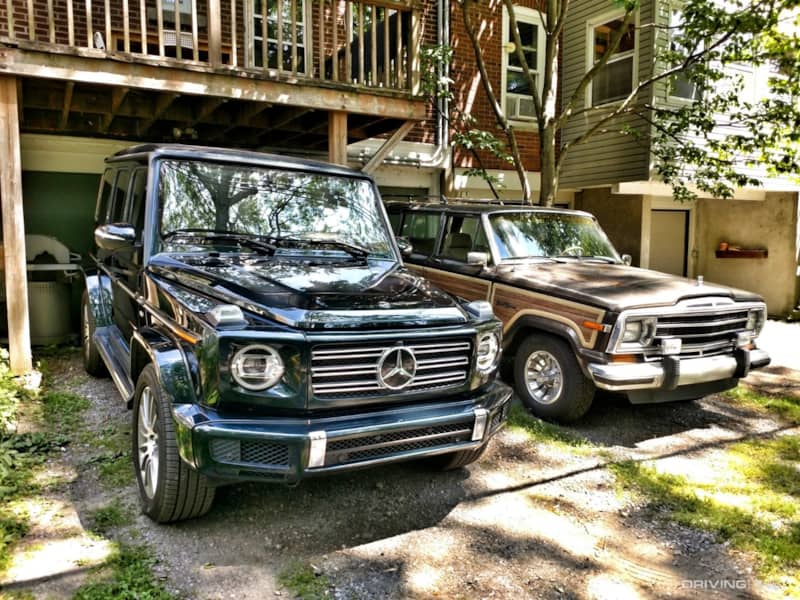
The Gen IV LS engine under its hood was equipped with something called Active Fuel Management, which was a displacement on demand system that would shut down up to four cylinders while cruising under light load in a bid to save fuel. This feature started to appear in 2005, and a few years later it was common across most General Motors truck platforms. Over time, the system is known to be problematic, and a number of kits exist that are designed to remove the feature before it ends up costing you money in repairs.
I was too focused on finding a low-mileage motor, and that pushed me into the Gen IV era of the 5.3-liter V8 I was looking for. By the time I had the chance to read up on the displacement on demand issue, I realized I was looking at spending another $400 for a kit to replace the lifters and engine valley cover, not to mention extra cash (close to another $400) for a new camshaft (I went with a performance model because hey, I'm already doing the work, right?).
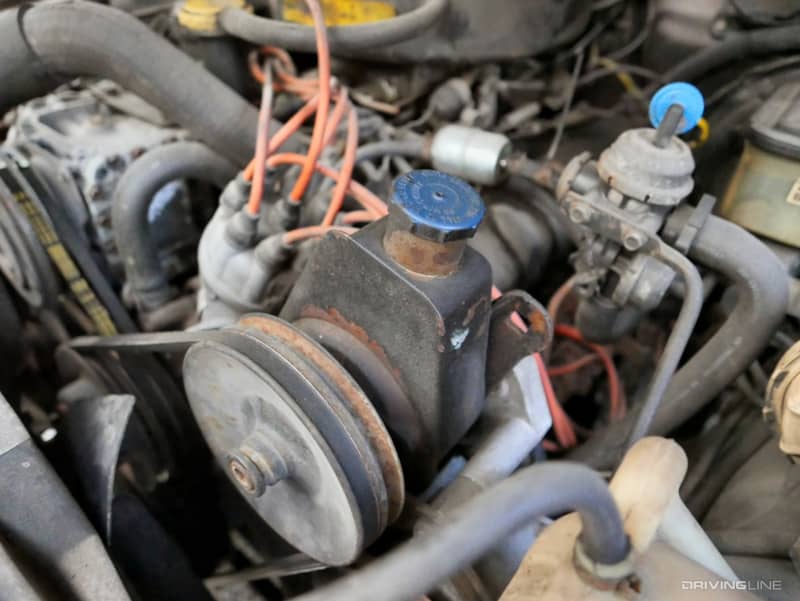
All in all, my engine ended up costing me roughly $1,000 more than a non-DOD unit would have, all before I even opened it up to start doing the work. I could have avoided that if I'd done a better job of outlining my project goals and understanding the engines I was looking at prior to buying.
Once Bitten, etc, etc
In the end, it sucks that I got suckered, and it's even more problematic that the person who sold me the motor either pretended they didn't know it was non-functional, or had been fleeced themselves when they bought the rolled SUV it came out of. All of that aside, I could have done a better job at protecting myself from these problems if I had taken more time to immerse myself in the engine family I was targeting, reached out to my network of contacts and done more planning at every step of the way.
My months of frustration and thousands of dollars in extra expenses aren't for nothing if I can save you from a similar fate. There are lessons to be learned here much more cheaply than I did first-hand if you take the more measured path that I neglected.
Wondering why I chose to swap my Jeep in the first place? This article breaks down the pros and cons of putting a modern engine in a classic Grand Wagoneer.







